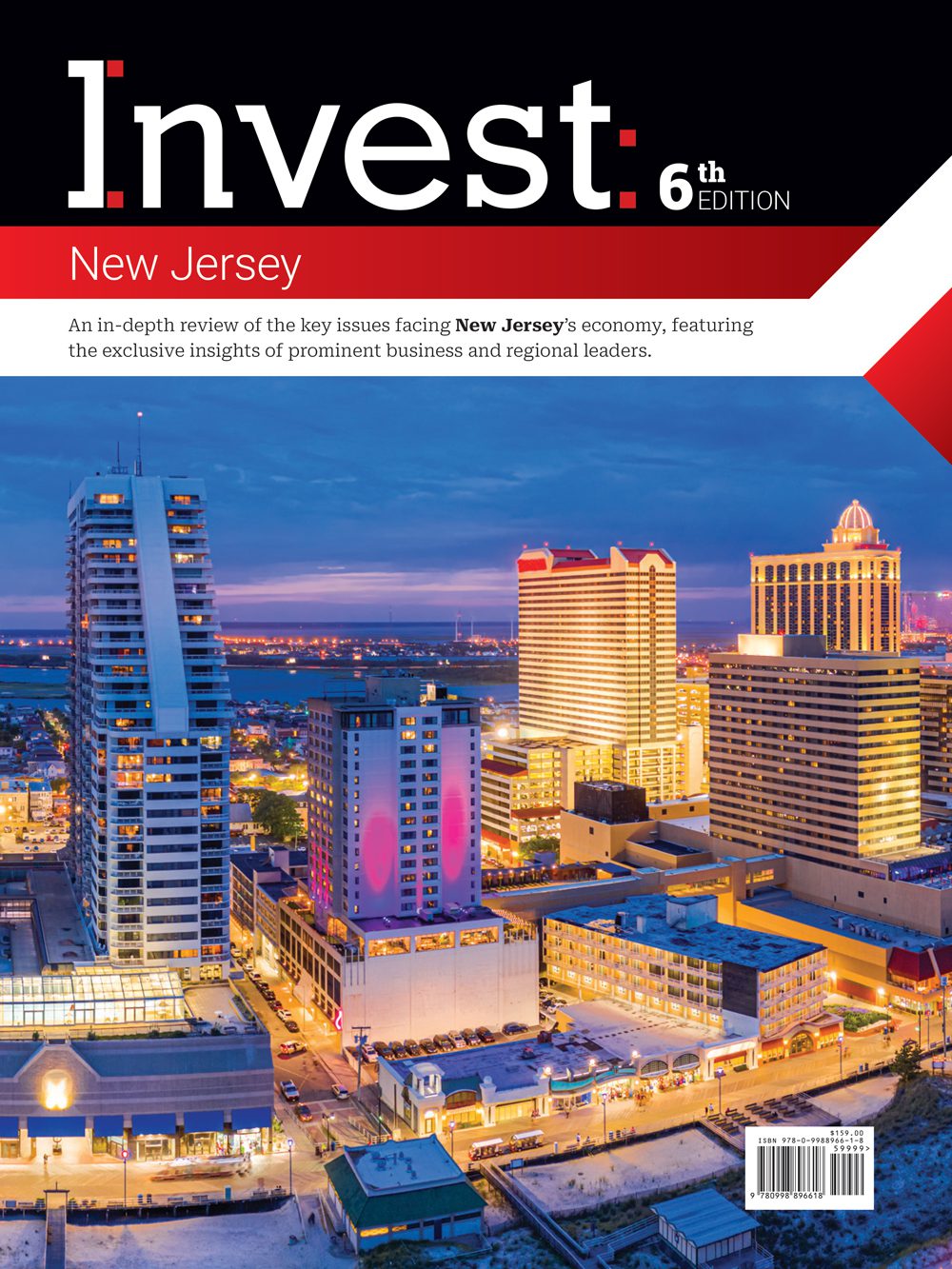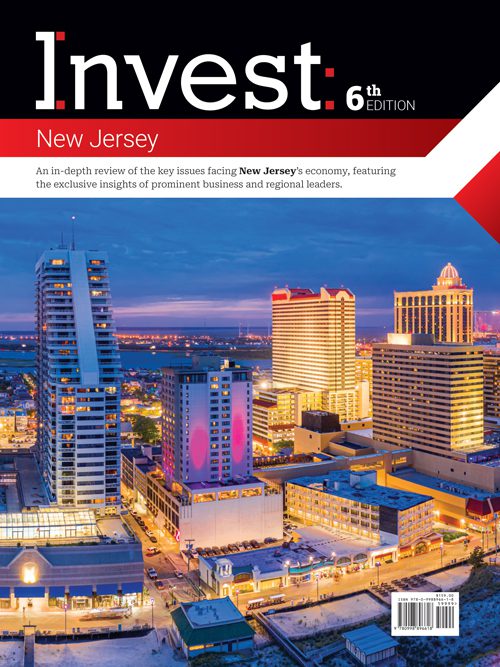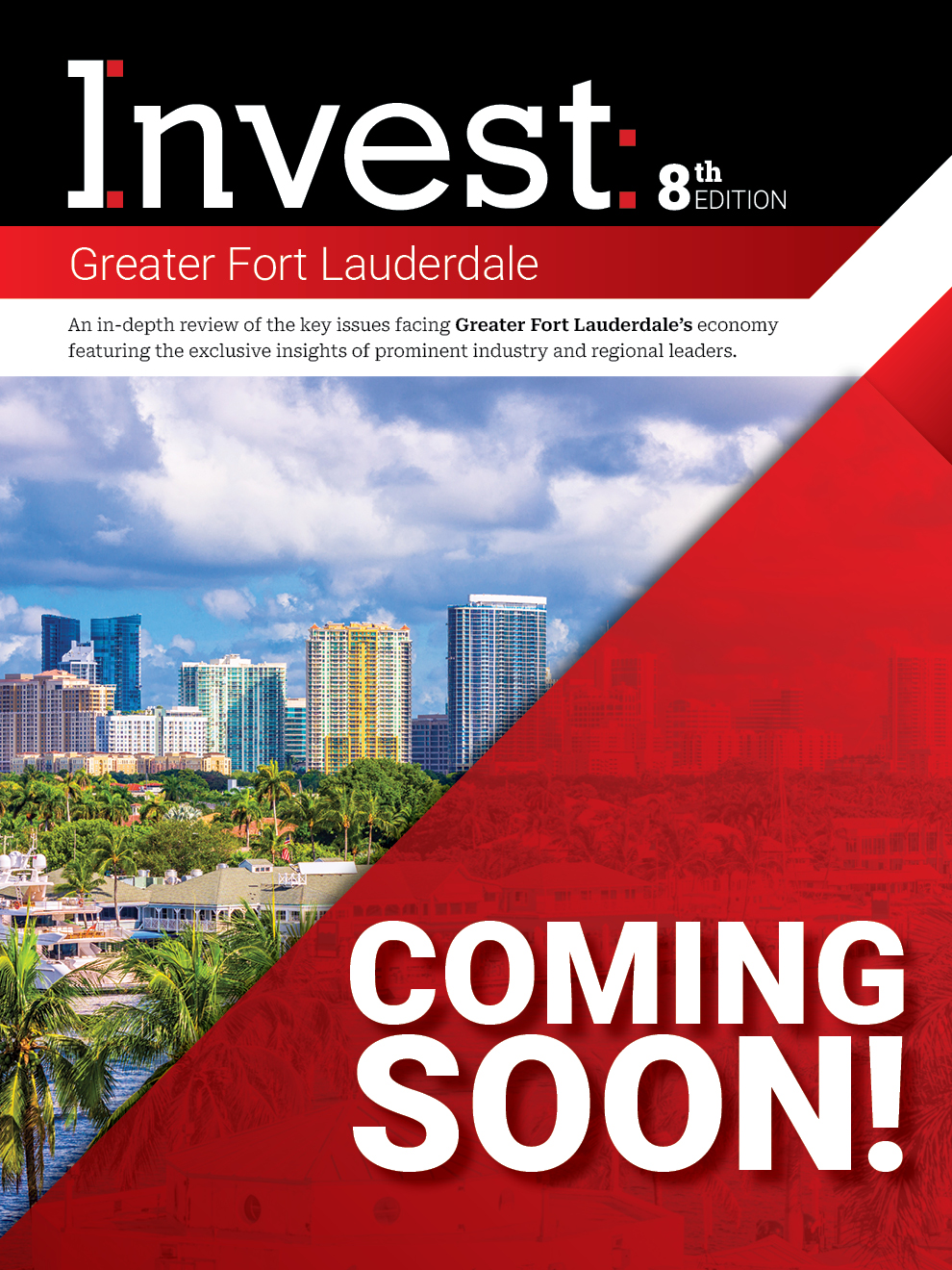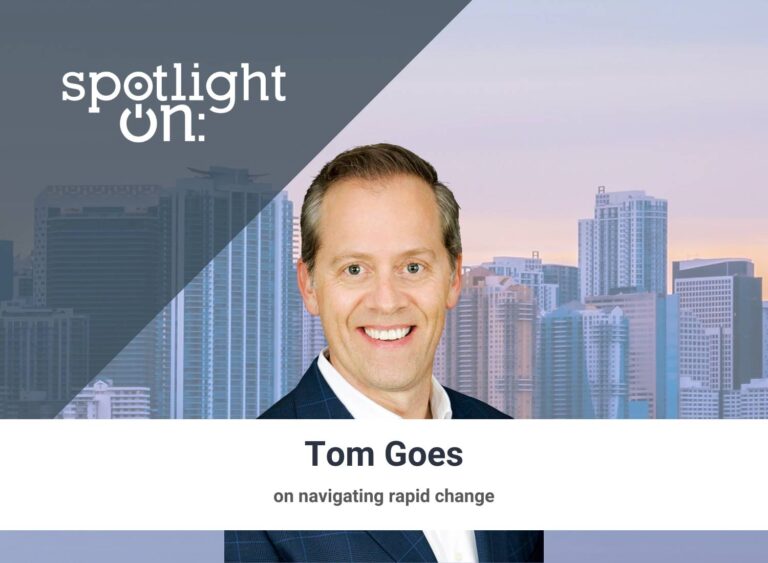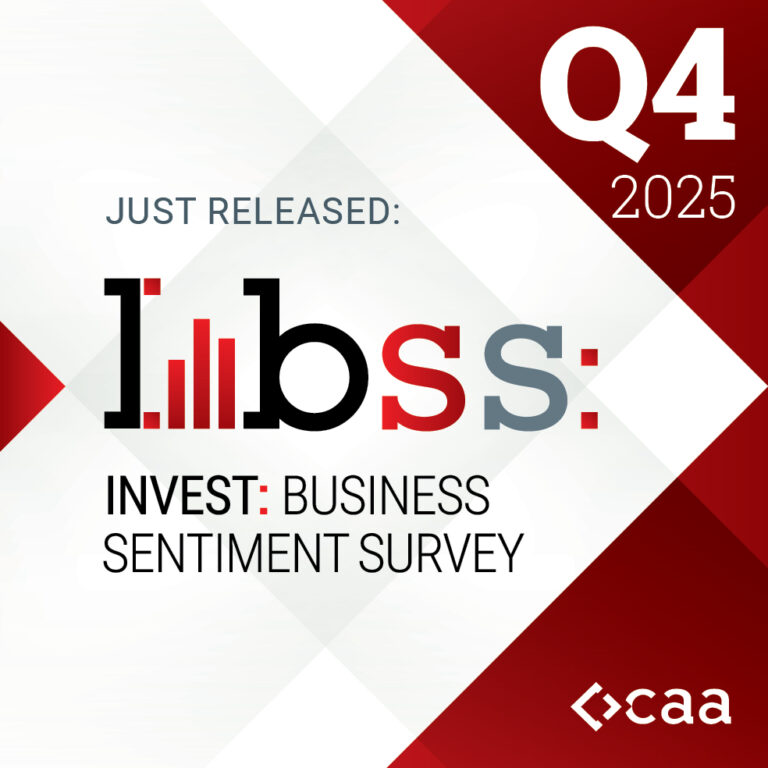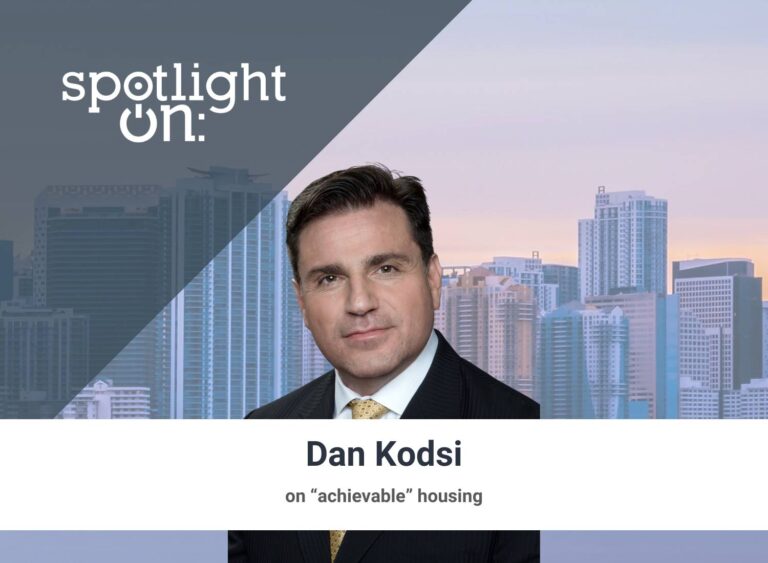Spotlight On: Randal O’Brien, Superintendent of Schools, Goose Creek CISD

June 2025 — In an interview with Invest:, Randal O’Brien, superintendent of schools at Goose Creek CISD discussed student engagement as being key to closing any gaps in education. “If you capture a student’s interest, you may also close any respective achievement gaps organically because of their intrinsic desire to be a part of something bigger than themselves,” he said.
What are the most significant achievements or milestones for the Goose Creek CISD over the past year?
Having successfully executed facility school bonds in previous years, one of the things that we’ve heard from our community this year is that we need to have more effective communication for general-purpose informational items. We changed the platform that we had previously been using in-house, and we adopted a new platform called ParentSquare, which is a vendor platform. Previously, we were posting information online, using email and Webex as tools. They could relay our message and what we presented to the general public: our parents, our citizens, our taxpayers. However, ParentSquare allows our constituents to ask questions. We can present information and allow them to ask questions, and we can refine responses to their complete satisfaction. We’re able to have more mutual dialogue about what’s going on across the district. I’d say we stepped up our level of communication with our constituents, in essence going from one-way dialogue to true engagement.
To complement that, this past year, we also hosted a community member steering committee named GC 2035, which was designed to consider projections of where we may be in 10 years. It’s a detailed look at long-range facilities associated with demographic planning for the future. We hosted about 100 citizens who responded to our solicitation to participate. We were excited for the opportunity to have parents, taxpayers, and business owners who live here come and be a part of this future thinking.
One of the things you hear across the country is that our citizens want greater transparency. That’s been a huge focal point for us as a school district to ensure that as soon as a school board meeting ends, information is posted immediately. We also do board wrap-ups digitally and in print. We have many wonderful things going on, but what I’m most proud of is our improved community engagement through these open dialogue efforts.
What is attracting businesses and investments into the Baytown region?
Baytown is often referred to as the Energy Corridor because we have some of the large names you would recognize in the petrochemical industry, such as ExxonMobil, Chevron Phillips, and Covestro, to name a few. We also have our standalone hospital system, Houston Methodist Baytown, and our community college dual credit partner, Lee College, which serves our higher education needs. Each one of these organizations has subsidiary-related businesses that also provide employment opportunities for our community.
Our city is also working to improve the parks and recreation in order to further develop amenities that families will want to come and make the East Houston Metro their home. There are 50 or more parks that are made up of over a thousand acres of green space, and every one of them continues to be invested in by the city, making Baytown even more attractive. Another thing that’s a bit new to Goose Creek over the last four or five years, and specifically this last year, is something called master planned neighborhoods. In the past, a developer may have built just a few hundred homes or less, and that would be the end of the project. Now we have, in blueprints submitted to the city of Baytown, somewhere around 6,000 homes to be built here in our region.
What is your strategy with the local workforce?
Our goal is for every single student to have both hands filled as they walk across that stage at the end of their senior year. Having that as a personal goal for each high school graduate, we’ve added value to the job preparedness of our students. About a third of our students go off to higher education immediately, while another third go right into the workforce. Many of those who go right into the workforce are also continuing their education while they’re working by obtaining certifications through our community college or other sources of credentialing.
The value that we provide is that we listen to our constituents, including our parents, our community members, and our business partners, who are all valuable components within our framework. We’re asking direct questions like, What are you looking for? What talent and skills are you seeking in our graduates? With this collaborative approach came the development of what we now call the Career Academies of Goose Creek. We have 10 career academies spread across five high school campuses. Those academies are career pathways focused on career certifications, many of which also include college credit.
How are you preparing for the region’s growth?
The entire state of Texas is suffering a bit with rapid growth, and the funding for public schools always trails the growth. We’re on the front end of that curve right now. The growth has occurred, the houses are being built, and we’re playing catch-up with funding for the state of Texas.
Our legislators are considering different methods of funding, different concepts on how to meet the public school’s needs. But public schools have also been put to the test to provide a higher quality product to ensure that we are meeting the needs of our parents, our community, our business partners, and stakeholders. We’re doing that through increasing the rigor of our academics and by refining the career certification course offerings. For example, we have 10 career academies, but we probably have 50 certification fields in there. We’re listening to our constituents to determine if some areas will not be supported locally.
We’re continually listening for better ways that public education may serve the community, to have them trained in such things as logistics and maritime. Those were two areas that we did not have incorporated into our STEM Academy at Lee High School, and we have since added them to the strand.
We evaluate ourselves perpetually, evaluating where we started and where we are today. We started with three career academies 10 years ago, but it’s not okay to have just expanded to ten and not grow to meet the needs. We ask ourselves, are the students graduating from Goose Creek CISD getting jobs and certifications in the field of their interest that may serve as successful careers for the rest of their lives? The challenge that we have is not to become complacent with our success, and remember to critically evaluate ourselves, asking the simple question: Are we serving this community to the best of our ability?
What do you think makes the district a great place to work?
We just know that we place high regard and high value on every single employee, from custodian to bus driver, from paraprofessional to administrator, from teacher in the classroom, to groundskeeper. The board of trustees and administration of Goose Creek CISD constantly think of ways to compensate, provide benefits at a high level for our employees, as well as retention strategies to keep them coming back.
A good example is that as younger faculty members come in and begin their families, we realize there is an opportunity to assist these employees in the early stages of their career, having children and building families, but how? With an award-winning, nationally approved daycare in place, we simply asked our board of trustees to consider providing childcare to employees as a retention incentive. Since the board is always looking for ways to create value, we simply proposed childcare as one more benefit to our employees. After a successful pilot program this year, we expect to draw more highly qualified teachers this coming school year.
How is the district preparing students to use the new and emerging technologies?
We’re way ahead of the curve with all forms of technology. I would say, first and foremost, before COVID hit, we were already developing a plan to be one-to-one, where every student in Goose Creek, kindergarten through 12th grade, would have an iPad. We were more than halfway through that plan, and overnight, we instituted the one-to-one plan, as it became a part of our need to teach virtually. Because we had invested in the early acquisition of that infrastructure, it enabled us to implement it overnight.
We had teacher training within a week. We rolled it out to the rest of the district, to every single student, the following week. As a result of that emergent rollout, you might have thought that our long-term teachers, who may have been a little bit technology shy, would have resisted, but every single employee became technology proficient in short order. Since then, we’ve expanded our professional development programs by which they can become highly tech-certified, going as far up the chain as they’d like.
What are your top priorities for Goose Creek CISD over these next 2-3 years?
According to recent building permits, we have slowed down our fast growth, and as we wind down the construction of residential, I would like to secure the future of the Career Academies. However, the newest project we are working on right now is to close the achievement gap between low socioeconomic students and those who are not. The board challenged me with this 12 years ago, and while it’s an ongoing goal and a moving target, I like the challenge. We’ve been working under the premise that student engagement is the answer to closing any academic student deficit. Working on the career pathways, if you get the student interested, you’re going to close the gap naturally and organically because of their desire to be a part of something. We’ve had success with that. However, we started looking at it from a different angle. In the past couple of years, we’ve invested in early childhood learning. It’s a little different, but we have taken the play-learn model and extended its concept to incorporate executive functions in their brain development, as well as right-brain and left-brain processing. We believe this holistic approach to closing achievement gaps before they exist with our youngest students will be the key to future academic gains for our students and their respective families.
For more information, please visit:

